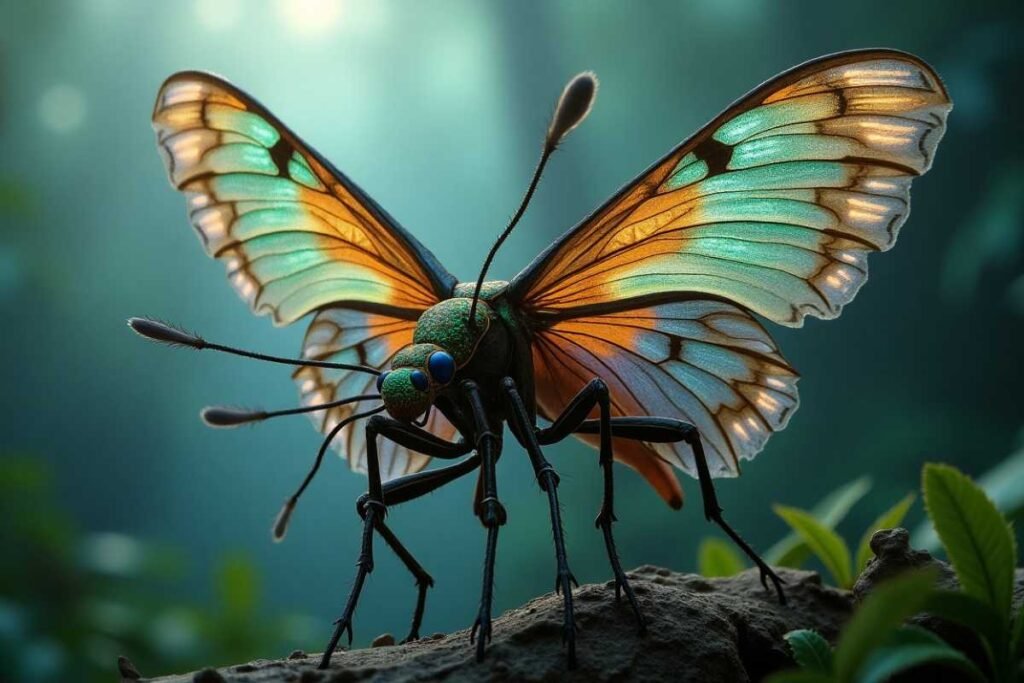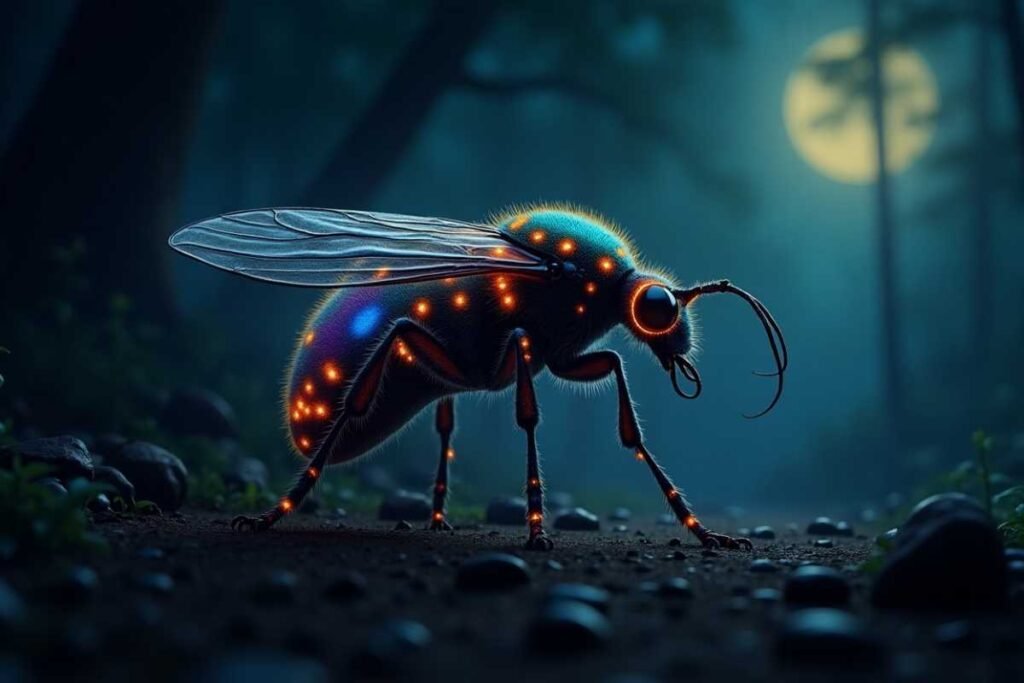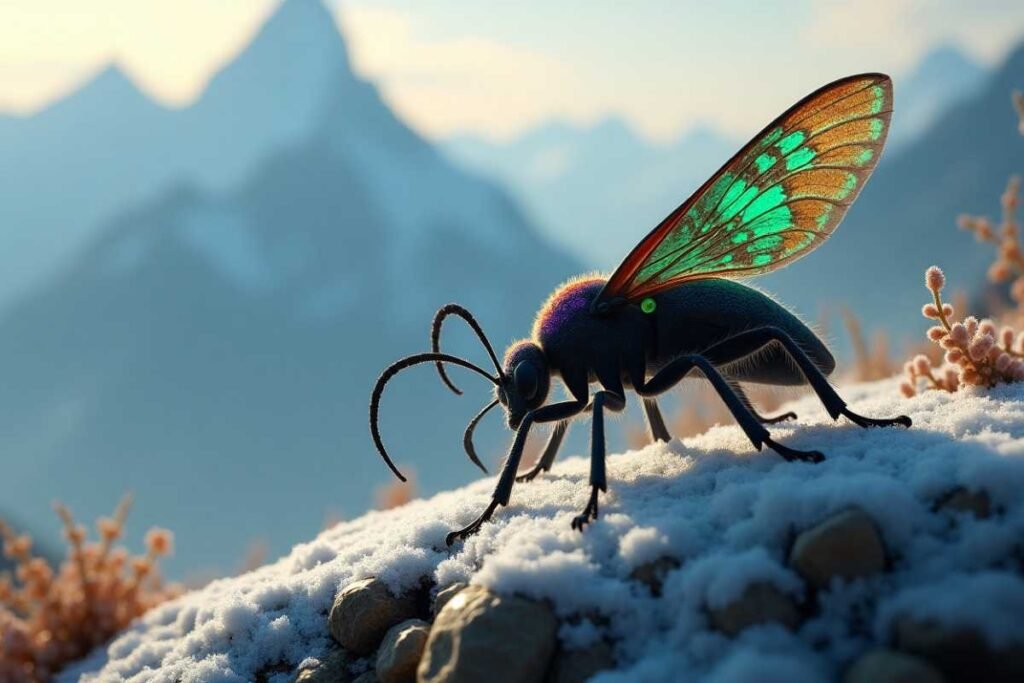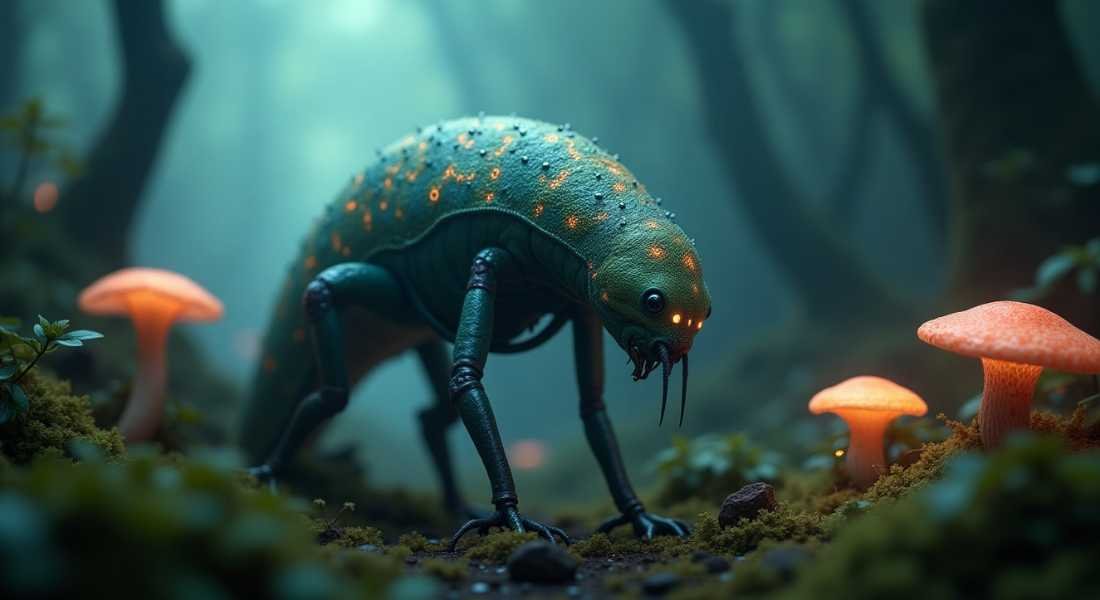In the intricate world of biology and taxonomy certain species captivate researchers and enthusiasts alike with their mystery and complexity. One such name that is gaining attention is Pernithia Galnith.
Whether you’re a student of natural sciences a conservationist or simply a curious mind the term might have sparked a question what is Pernithia Galnith and why is it important?
This comprehensive guide delves into every facet of this species, unraveling the intricacies that make it stand out in scientific discussions.
What Is Pernithia Galnith?

Pernithia Galnith is a lesser known but scientifically intriguing insect species classified within the order Lepidoptera and family Limacodidae.
Known for its distinct morphological traits and ecological interactions it contributes to regional biodiversity.
Ongoing research continues to uncover its behavior life cycle and evolutionary lineage.
Scientific Classification and Taxonomic Overview
Pernithia Galnith is classified within a specific branch of the biological hierarchy typically falling into a niche category within entomology or zoology.
Although not commonly referenced in mainstream biology this species has garnered a cult following among certain expert taxonomists due to its distinct anatomical and ecological features.
Taxonomically Pernithia Galnith is thought to belong to a lesser known genus that displays Pepper0 morphological traits unlike any of its relatives.
This includes unique wing patterns body segmentation and colorations that challenge the traditional classification system.
Morphological Features
One of the most fascinating aspects of Pernithia Galnith lies in its morphology. Researchers note that its external features particularly the exoskeleton patterning and limb structures show an adaptation to specific environmental pressures.
These adaptations may include elongated limbs for climbing bio luminescent patches for mating communication or even chemical releasing glands used for defense.
Importance of Studying Pernithia Galnith
Studying Pernithia Galnith helps scientists understand broader ecological dynamics such as species interaction pollination and insect communication.
It also aids in tracking environmental health through biodiversity indexes. Research on this species supports the conservation of lesser known but vital insects.
Ecological Contributions
Pernithia Galnith plays a crucial role in maintaining the balance of its native ecosystem. Acting as both a pollinator and a prey species it contributes to food web dynamics that affect countless other organisms.
It may also assist in decomposition and nutrient cycling if it’s detritivorous in nature. Understanding such species helps in piecing together the broader puzzle of biodiversity and ecosystem functioning.
A minor disruption in its population can cause ripple effects that extend to plant reproduction predator survival and even soil quality.
Indicator Species
Many experts consider Pern.ithia Galnith to be an indicator species organisms whose presence or absence reflects a specific environmental condition. In habitats where this creature thrives it often signals high biodiversity and low pollution levels.
Consequently a declining population might indicate serious ecological disturbances.
Expert Analysis: What Makes Pernithia Galnith Unique!

Experts highlight Pernithia Galnith’s distinct wing structure coloration and specialized larval stages as standout features.
Its adaptability in specific habitats and niche based behavior set it apart from related species.
Such uniqueness enhances its value in evolutionary biology and ecological research.
Insight from Expert Pernithia Galnith Researchers
According to leading biologists and entomologists expert Per.nithia Galnith insights point to its remarkable resilience in fluctuating climates. Unlike other closely related species it has the ability to modify its behavioral patterns seasonally.
This includes shifts in feeding times nesting behavior and even metamorphosis cycles.
Experts also emphasize its role in genetic diversity. Studies are underway to decode its genome which may reveal untapped biochemical compounds useful in medicine agriculture or environmental science.
Behavioral Patterns and Survival Techniques
Behaviorally Pern.ithia Galnith exhibits nocturnal tendencies emerging primarily at dusk to carry out its survival tasks.
This could be an evolutionary adaptation to avoid predators or to align with its prey’s active hours.
It uses chemical signals and tactile sensors for navigation further distinguishing it from more primitive species.
Step by Step Guide to Observing and Studying Pernithia Galnith
Step 1: Locating Habitats
To observe Pernithia Galnith in the wild, one must venture into humid forest floors leaf litter zones or high altitude mossy environments depending on its subspecies. These habitats are usually rich in organic material and low in human disturbance.
Step 2: Equipment Needed
For fieldwork essential tools include:
- Portable microscopes
- UV light traps
- Bio acoustic sensors
- Non toxic bait for attraction
- Field notebooks for behavior logging
Step 3: Ethical Observation Techniques
While observing it’s important to minimize disruption to the creature’s natural habitat. Observers are advised to use red light instead of white maintain a respectful distance and never handle the organism without proper equipment and permits.
Step 4: Data Analysis
After data collection researchers analyze behavioral footage feeding patterns and habitat usage. Findings are then compared to historical records to determine whether the species is evolving or facing environmental stressors.
Threats to Pernithia Galnith
Major threats include habitat loss, climate change, and pesticide exposure all of which impact its population dynamics and ecological stability.
Human activity continues to shrink its natural habitat. Without intervention Pernithia Galnith may face significant decline or localized extinction.
Habitat Loss
One of the biggest threats to the survival of Pernithia Galnith is habitat loss due to deforestation and urban expansion. With the destruction of natural environments these species are left with fewer places to live breed and feed.
Climate Change
Rising temperatures and erratic weather patterns have started to affect their reproductive cycles and food availability. Sudden temperature drops during breeding seasons for example can lead to failed reproduction.
Pollution and Pesticides
Air and soil pollution particularly in the form of industrial run off and pesticides directly impact their life cycle. The presence of toxic substances in soil can lead to mutations reduced fertility and even mass mortality.
Conservation Efforts for Pernithia Galnith
Current conservation efforts are minimal but growing as entomologists call for habitat preservation and ecological monitoring.
Scientists stress the need to protect its natural environment from urban expansion and deforestation.
Integrating this species into biodiversity action plans is vital for its protection.
Global and Local Initiatives
Governments and NGOs are beginning to recognize the importance of conserving lesser known species like Pernithia Galnith. Sanctuaries are being established in biodiversity hotspots while breeding programs are in progress to prevent extinction.
Community Involvement
Local communities are often the first line of defense. Education programs are raising awareness about the ecological importance of these creatures.
Citizen science platforms also allow everyday people to report sightings and contribute to data collection.
Pernithia Galnith in Scientific Literature
Although limited scientific literature recognizes Pernithia Galnith for its unique morphology and ecological role.
Researchers have begun examining its genetic variation reproductive traits and taxonomy hierarchy.
It’s gradually gaining attention in entomology journals focused on insect evolution and biogeography.
Ongoing Research
The academic interest in Pernithia Galnith is growing with new peer reviewed papers being published in journals of entomology and biodiversity. Studies focus on its genetic code chemical secretions and potential applications in sustainable farming.
Genetic Discoveries
Recent DNA sequencing has identified a unique mitochondrial structure that may allow the species to resist cellular aging. This discovery has implications for anti aging research in humans and other animals.
Future Outlook and Relevance

The future of Pernithia Galnith lies in increased scientific exploration especially in relation to climate change and habitat disruption.
As ecosystems evolve the species may serve as an important bioindicator of environmental stress.
Its survival could influence our understanding of insect adaptability and ecosystem resilience.
Adapting to Changing Environments
While many species succumb to environmental shifts, Pernithia Galnith appears to be adapting. Observations suggest they are beginning to colonize higher altitudes which were previously uninhabitable due to temperature and oxygen constraints.
Role in Biodiversity Studies
As climate change accelerates the extinction of known species lesser known organisms like Pernithia Galnith may hold the key to understanding long term ecological resilience.
Their study can provide new models for conservation biology and ecosystem modeling.
Conclusion
In summary Pernithia Galnith is more than just an obscure biological name it’s a symbol of ecological complexity and evolutionary wonder.
From its unique morphology to its critical role in the ecosystem studying this species is essential for anyone invested in biology conservation or environmental science.
As we advance in scientific techniques and awareness preserving and understanding such species must become a global priority.
FAQs
What is Pernithia Galnith?
Pernithia Galnith is a scientifically rare species known for its unique ecological traits and genetic adaptations.
Where is Pernithia Galnith found?
It’s primarily found in isolated humid ecosystems such as tropical forests and mossy highlands.
Why is Pernithia Galnith important?
It serves as a key indicator species helping scientists gauge environmental health.
What are the threats facing Pernithia Galnith?
Habitat destruction climate change and pollution are major threats.
How do scientists study Pernithia Galnith?
Through field observation, DNA analysis, and behavioral studies conducted in natural settings.
Can Pernithia Galnith be domesticated or bred in captivity?
Currently, breeding programs exist but domestication has proven difficult due to its specific habitat needs.









